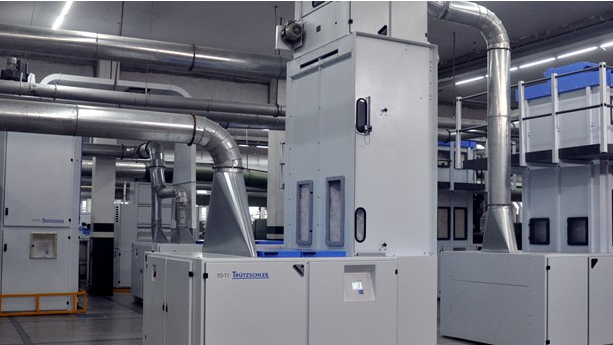Scope For Sustainable Technologies Is Huge
Sustainable technology refers to that which caters to the needs of the present without compromising the ability of future generations to meet their own needs. It enables more valuable use of natural resources and greatly reduced ecological impact among other technological benefits. Though sustainable technology deals with energy efficiency, reduction in pollution, use of renewable sources, it should also be economically sustainable too, says Avinash Mayekar.
The consumption of natural resources has increased exponentially in the past decades in rapidly industrialising countries and it is rather recently that we have started recognising the unpleasant consequences of the carefree attitude towards the environment.
The textiles industry is among the most essential consumer goods industry in the world, as it fulfils one of the basic needs of human beings. Today, the world of fashion is glamorous and stylish; however, its impact on ecology is worsening day-by-day. The textiles industry is condemned as being one of the most polluting industries in the world. Not only production, but even consumption of textiles produces waste. At every stage of textile production, vast amounts of energy, clean water and chemicals are used to process textiles and apparel. In turn, these processes generate air, water and soil pollution through untreated effluent generation and waste generation which place a heavy burden on the environment.
More than 2,000 types of dyes, chemicals and other auxiliaries are used in the textiles industry. The World Bank estimates that almost 20 per cent of global industrial water pollution comes from the treatment and dyeing of textiles. Some of the toxic chemicals cannot be filtered or removed. Dyeing, washing and after-treatment of textiles requires large amounts of fresh water. Cotton production accounts for 2.6 per cent of annual global water usage. A single T-shirt made from conventional cotton requires 2,700 litres of water and a third of a pound of chemicals to produce. Millions of gallons of wastewater discharged by mills each year contain chemicals such as formaldehyde (HCHO), ammonia, chlorine, heavy metals such as lead and mercury and other pigments. These chemicals cause both environmental damage and human disease. Effluents released from mills are often at high temperatures and have high pH (salinity), which exacerbate the problem.
Conventional cotton is highly dependent on pesticides, herbicides and fertilisers to grow. In many regions, insects limit cotton production and some of these pests become resistant to pesticides. Not surprisingly, cotton pesticides and herbicides account for 10 per cent of all agricultural chemicals and 25 per cent of all pesticides used worldwide each year. Untreated dyes cause chemical and biological changes in our aquatic system, which threaten species of fish and aquatic plants. The presence of these compounds also makes practical water use unhealthy or dangerous. The enormous amount of water required by textile production competes with the growing daily water requirements of the half billion people that live in drought-prone regions of the world. By 2025, the number of inhabitants of drought-prone areas is projected to increase to almost one-third of the world’s population. If global consumption of fresh water continues to double every 20 years, the polluted waters resulting from textile production will pose a greater threat to human lives
We buy and sell textile machinery

Leave a Reply
You must be logged in to post a comment.